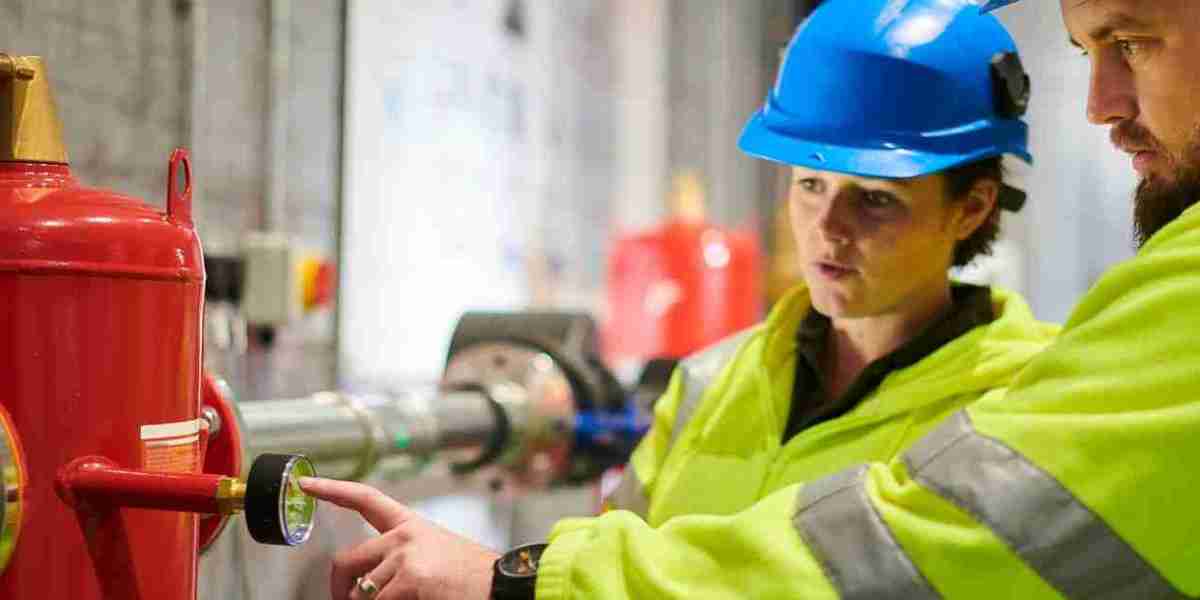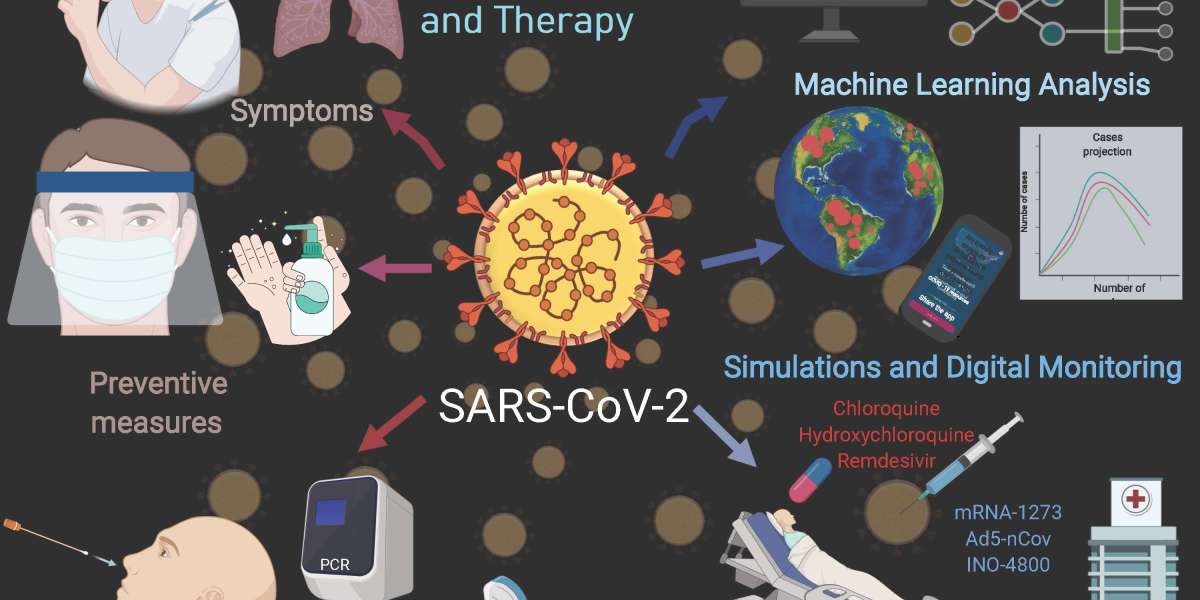In today's world, where sustainability and energy efficiency are paramount, the optimization of existing buildings is gaining increasing attention. With the rising awareness of environmental concerns and the need to reduce energy consumption, existing building commissioning has emerged as a crucial process. It ensures that buildings operate efficiently, maintain occupant comfort, and minimize environmental impact. In recent years, innovative technologies have been instrumental in revolutionizing existing building commissioning, offering efficient solutions to enhance building performance while reducing energy consumption and operational costs.
Existing building commissioning, often referred to as EBCx, is the systematic process of ensuring that building systems function optimally to meet the owner's operational needs. Traditionally, this process involved manual inspections, performance testing, and adjustments to building systems. However, the advent of innovative technologies has transformed this approach, making the commissioning process more efficient, cost-effective, and comprehensive.
One of the groundbreaking technologies revolutionizing existing building commissioning is Building Information Modeling (BIM). BIM allows for the creation of digital representations of buildings, including their physical and functional characteristics. By utilizing BIM, commissioning agents can simulate various scenarios and identify potential issues before they arise. This proactive approach not only streamlines the commissioning process but also enables more accurate predictions of building performance.
Furthermore, the integration of Internet of Things (IoT) devices and sensors has significantly enhanced the monitoring and control of building systems. IoT-enabled sensors can collect real-time data on energy usage, indoor air quality, temperature, and other key parameters. This data provides valuable insights into building performance, allowing commissioning agents to identify inefficiencies and implement targeted improvements. Additionally, IoT devices enable remote monitoring and control, reducing the need for on-site inspections and optimizing operational efficiency.
Another innovative technology driving advancements in existing building commissioning is machine learning and artificial intelligence (AI). These technologies can analyze vast amounts of data to identify patterns, anomalies, and optimization opportunities. By leveraging AI algorithms, commissioning agents can gain deeper insights into building performance trends, predict equipment failures, and optimize energy usage. This predictive maintenance approach not only extends the lifespan of building systems but also minimizes downtime and repair costs.
Moreover, advanced energy modeling software has become indispensable in optimizing building performance. These software tools simulate various energy-saving measures and evaluate their potential impact on building energy consumption. By performing virtual energy audits, commissioning agents can identify the most cost-effective strategies for improving energy efficiency and reducing carbon emissions. Furthermore, energy modeling software facilitates the optimization of building systems, such as HVAC, lighting, and insulation, to achieve optimal energy performance.
In addition to technological innovations, the adoption of renewable energy sources is playing a significant role in existing building commissioning. Solar panels, wind turbines, and geothermal systems can generate clean, renewable energy onsite, reducing reliance on traditional energy sources. Integrating renewable energy systems into existing buildings not only lowers operational costs but also enhances sustainability and resilience. Moreover, innovative energy storage solutions, such as battery storage systems, enable buildings to store excess energy for later use, further optimizing energy usage and reducing reliance on the grid.
Furthermore, advanced analytics and visualization tools are empowering building owners and operators to make informed decisions about their facilities. These tools provide intuitive dashboards and reports that display key performance indicators, trends, and recommendations for improvement. By visualizing complex data in a user-friendly format, building stakeholders can easily identify areas for optimization and track the impact of commissioning efforts over time. Additionally, these tools facilitate collaboration among stakeholders, fostering a holistic approach to building performance optimization.
In conclusion, innovative technologies are revolutionizing existing building commissioning, offering efficient solutions to enhance building performance, reduce energy consumption, and minimize environmental impact. From Building Information Modeling and Internet of Things devices to machine learning and renewable energy systems, these technologies are reshaping the way buildings are commissioned and operated. By embracing these advancements, building owners and operators can unlock significant benefits, including improved occupant comfort, lower operational costs, and enhanced sustainability. As we continue to innovate and evolve, the future of existing building commissioning looks brighter than ever before.



